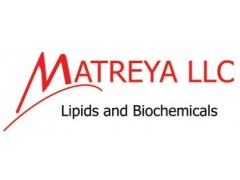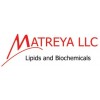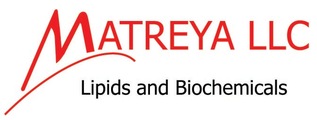      |

 通过认证 [诚信档案]
通过认证 [诚信档案]

| Cat. Number |
1249
|
| Chemical Name |
10(E),12(Z)-十八碳二烯酸 10(E),12(Z)-Octadecadienoic acid
|
| CAS Number |
2420-56-6
|
| Mol. Formula |
C18H32O2
|
| Mol. Weight |
280
|
| Qty 1 |
25mg
|
| Appearance |
liquid
|
| Application Notes |
98+%,GC, TLC, identity confirmed by MS
|
| Synonym |
10(E),12(Z)-十八碳二烯酸 10(E),12(Z)-Octadecadienoic acid,10 trans, 12 cis-CLA
|
| Solubility |
ethanol,methanol,hexane,chlorofom
|
| Storage condition |
-20℃
|
| References |
共轭亚油酸相关产品: 10(E),12(Z)-十八碳二烯酸 10(E),12(Z)-Octadecadienoic acid 25mg 10(E),12(Z) - 十八碳二烯酸甲酯 Methyl 10(E), 12(Z)-octadecadienoate 25mg 9(Z),11(E)-十八碳二烯酸 9(Z),11(E)-Octadecadienoic acid 25mg 9(Z),11(E) - 十八碳二烯酸甲酯 Methyl 9(Z), 11(E)-octadecadienoate 25mg Application Notes: 10(E),12(Z)-Octadecadienoic acid is a conjugated linoleic acid (CLA), an isomer of linoleic acid. CLA is found mostly in lipids originating in ruminant animals, including dairy products. It has several biological properties including anticarcinogenic activity, suppressing in vitro growth of human melanoma, colorectal, and breast cancer cells, and exhibiting anti-atherogenic activity.1 It is thought that CLA itself may not have anti-oxidant capabilities but may produce substances which protect cells from the detrimental effects of peroxides. Animals fed a diet containing high levels of CLA have been observed to have improved feed efficiency (lean body mass increased while body fat decreased) and this seems to be due, mainly or exclusively, to the 10(E),12(Z)-Octadecadienoic acid.2 However, this isomer appears to increase oxidative stress and inflammatory biomarkers in obese men, which can lead to insulin resistance.3,4 10(E),12(Z)-Octadecadienoic acid increases LDL:HDL cholesterol and total:HDL cholesterol in humans.
References: |